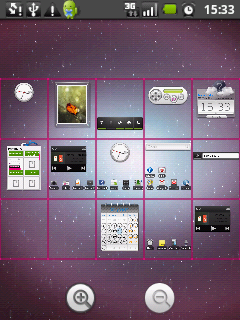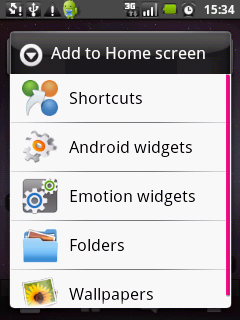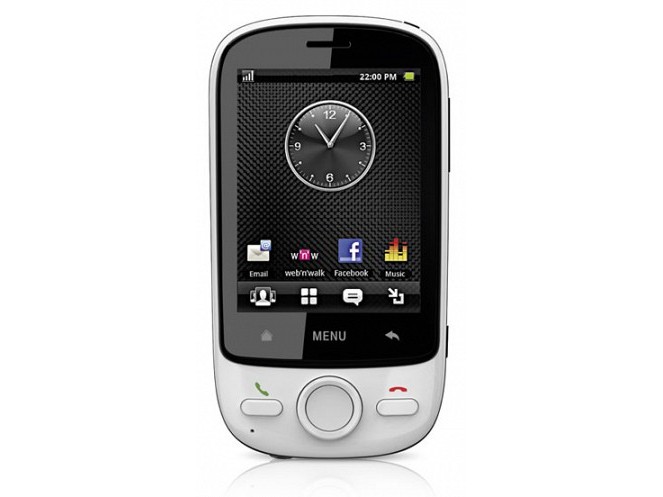Why you can trust TechRadar
On the one hand, the interface on the T-Mobile Pulse Mini is classic Android: a simple background, a few home screens and some widgets to play with.
But there's more: T-Mobile has added a huge grid-like structure to proceedings, meaning you get 15 home screens to play with, accessed by swiping up and down as well as left and right.

There are also a huge number of widgets to play with; Android offers a number of its own, and T-Mobile has thrown in 'Emotion Widgets' to let you access things like your favourite bookmarks and the FM radio.
But that's where the cool elements end - because while the interface is cool, the phone simply cannot perform well enough to keep up with it.

What's odd is that there's a decent amount of RAM on offer here, and a 600MHz Qualcomm processor - but this phone is juddery, slow and prone to freezing so often you'll want to throw it in a canal.
We're not sure why this is the case, but it seems the Pulse Mini is trying to do too much, even though it should have the grunt to perform.
Well, it's not strictly true – in some instances the phone will flow nicely, as long as it hasn't been put into sleep mode for a while, but then it will begin to jerk and slow down once more.

Simple things like opening the contacts menu or trying to shuffle between home screens can take an age, and if you leave the phone asleep for too long it will simply freeze at times, meaning no alarms, texts or phone calls.
While this phone could have been amazing with the spec list, interaction with it is just too frustrating to bear at times, and you'll yearn for the slick interface of the iPhone or HTC Desire, even if they cost that much more.
Current page: T-Mobile Pulse Mini: Interface
Prev Page T-Mobile Pulse Mini: Overview, design and feel Next Page T-Mobile Pulse Mini: Contacts and messaging
Gareth has been part of the consumer technology world in a career spanning three decades. He started life as a staff writer on the fledgling TechRadar, and has grew with the site (primarily as phones, tablets and wearables editor) until becoming Global Editor in Chief in 2018. Gareth has written over 4,000 articles for TechRadar, has contributed expert insight to a number of other publications, chaired panels on zeitgeist technologies, presented at the Gadget Show Live as well as representing the brand on TV and radio for multiple channels including Sky, BBC, ITV and Al-Jazeera. Passionate about fitness, he can bore anyone rigid about stress management, sleep tracking, heart rate variance as well as bemoaning something about the latest iPhone, Galaxy or OLED TV.
